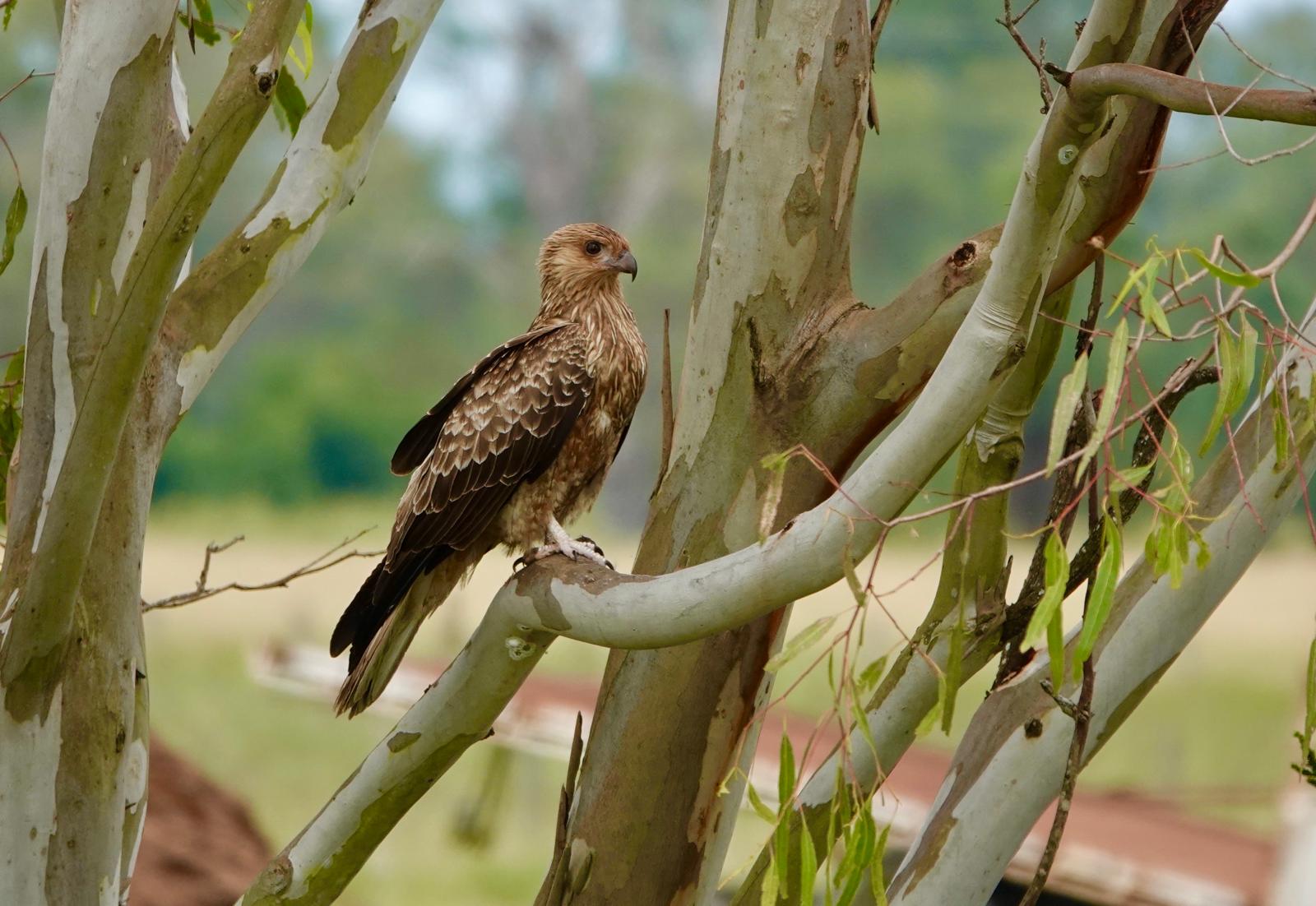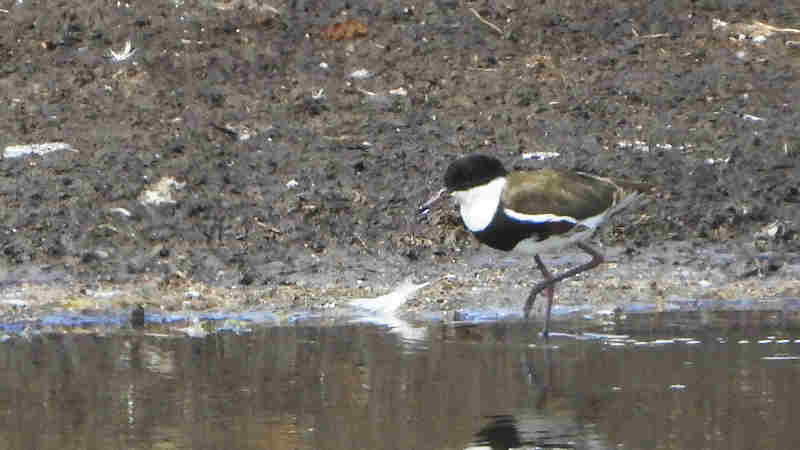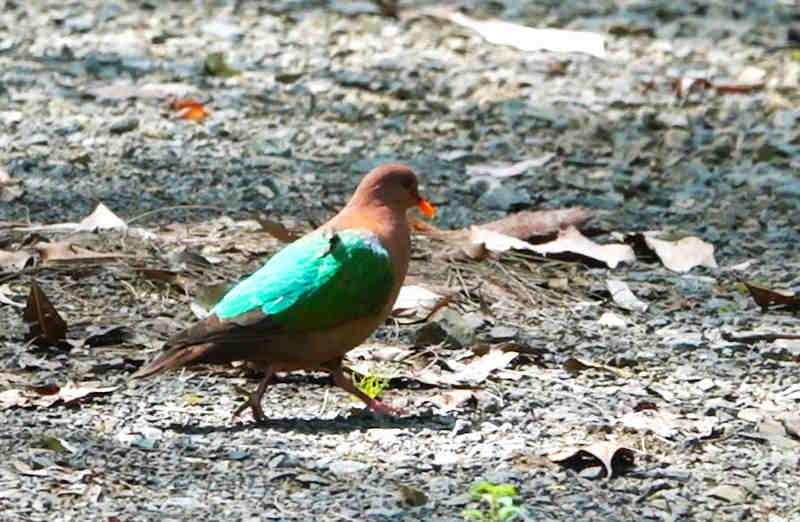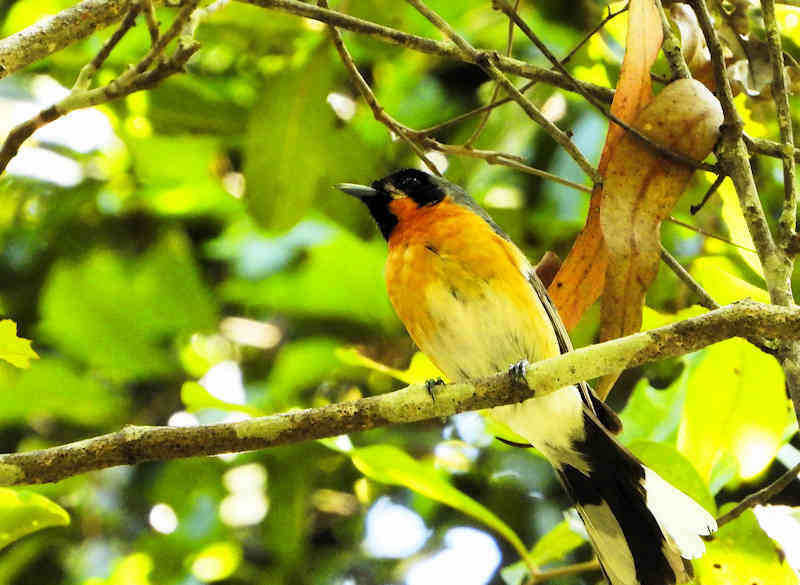Wandering Whistling Duck (Dendrocygna arcuata)
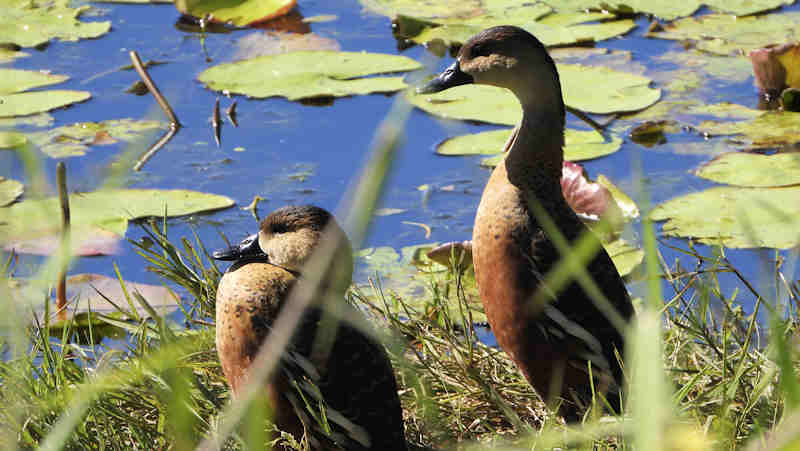
The Wandering Whistling Duck (Dendrocygna arcuata) is a fascinating and distinctive waterfowl species known for its nomadic lifestyle and melodious whistling calls. Found across tropical and subtropical regions, these ducks are a testament to the diversity and adaptability of avian life in wetland habitats. In this article, we will delve into the world of the Wandering Whistling Duck, exploring its physical characteristics, habitat, behavior, and ecological significance.
Physical Characteristics
The Wandering Whistling Duck is a medium-sized waterfowl, measuring about 45-53 centimeters (18-21 inches) in length. Both males and females share similar plumage, making them difficult to distinguish by sex. Their overall coloration is a rich, warm brown with a distinctive lighter underbelly. The head and neck are darker, with subtle streaking that blends seamlessly into the rest of their plumage. One of their most notable features is their long legs, which make them appear taller and more upright compared to other ducks. They also have a unique, slender bill adapted for their omnivorous diet.
Habitat and Distribution
Wandering Whistling Ducks are widely distributed across Southeast Asia, the Philippines, New Guinea, and northern Australia. They thrive in a variety of wetland habitats, including freshwater lakes, marshes, swamps, rice paddies, and even coastal mangroves. Their preference for tropical and subtropical climates means they are often found in regions with abundant rainfall and lush vegetation.
Behavior and Feeding
True to their name, Wandering Whistling Ducks are nomadic and exhibit a tendency to travel in search of food and suitable habitats. They are highly social birds, often seen in large flocks that can number in the hundreds. Their calls, a series of high-pitched whistles, are a common sound in their habitats and are used for communication within the flock.
Their diet is omnivorous, consisting of aquatic plants, seeds, small fish, invertebrates, and even grains from agricultural fields. They are primarily surface feeders, dabbling in the water and occasionally diving to reach food. Their long legs also allow them to wade into deeper waters compared to other duck species.
Breeding and Nesting
Breeding seasons for Wandering Whistling Ducks can vary depending on their geographic location, often coinciding with the rainy season when water levels are high. They build their nests in dense vegetation near water, using reeds, grasses, and other plant materials. The female typically lays a clutch of 8-12 eggs, which she incubates for about 26-30 days. Both parents are involved in raising the young, leading the ducklings to water soon after they hatch.
Conservation Status
The Wandering Whistling Duck is currently listed as a species of Least Concern by the International Union for Conservation of Nature (IUCN). However, they face threats from habitat loss due to wetland drainage, pollution, and hunting in some areas. Conservation efforts that protect wetland habitats are essential to ensuring their continued survival.
Ecological Significance
Wandering Whistling Ducks play a crucial role in the ecosystems they inhabit. As part of their feeding habits, they help control the populations of aquatic plants and invertebrates, contributing to the balance of these ecosystems. Additionally, their nomadic movements can help in the dispersal of plant seeds, supporting the regeneration of wetland vegetation.
Conclusion
The Wandering Whistling Duck, with its distinctive calls and nomadic nature, is a fascinating resident of tropical and subtropical wetlands. Their adaptability and social behavior make them a vital component of the ecosystems they inhabit. As we continue to protect and conserve wetland habitats, we ensure that the enchanting Wandering Whistling Duck will continue to grace these environments with its presence, whistling melodies, and ecological contributions.
We are affiliated with Amazon and make a small royalty at no extra cost to you, so by using the links below to purchase your next birding gear you can help us to maintain Simply Birding and continue to bring great content:

Canon, Sony and Nikon cameras: https://amzn.to/4gmtDWk

Lenses for bird photography: https://amzn.to/3WG3vyF

Tripods: https://amzn.to/3PVDNT0

Memory Cards: https://amzn.to/3PV4Y0z

Bird books: https://amzn.to/42NgsKS

Binoculars for bird watching: https://amzn.to/42G0nGZ

Spotting Scopes for bird watching: https://amzn.to/4hom5nq












